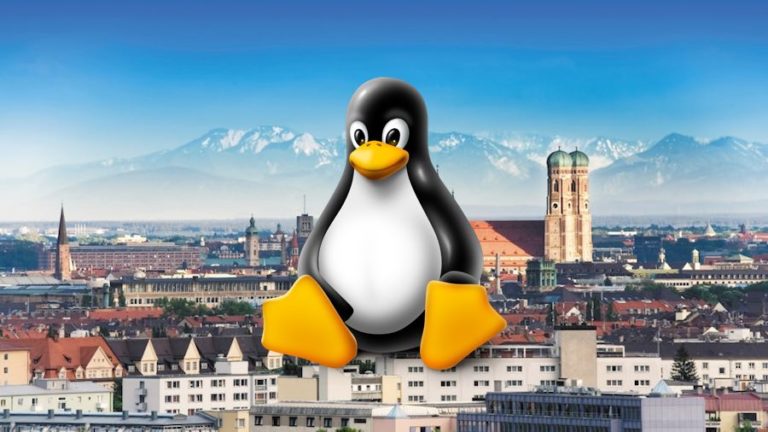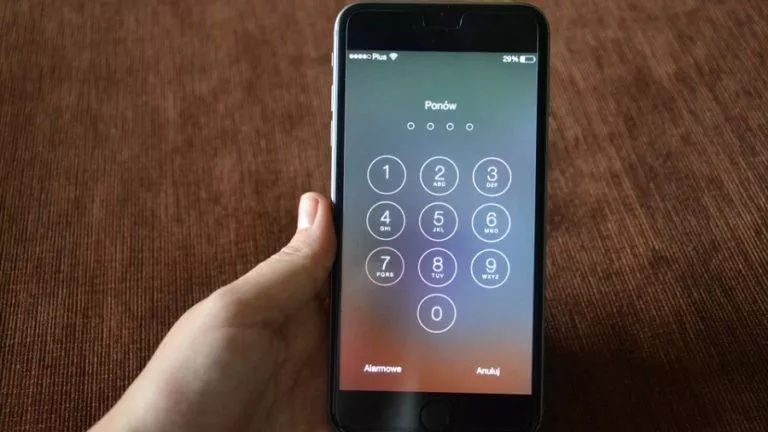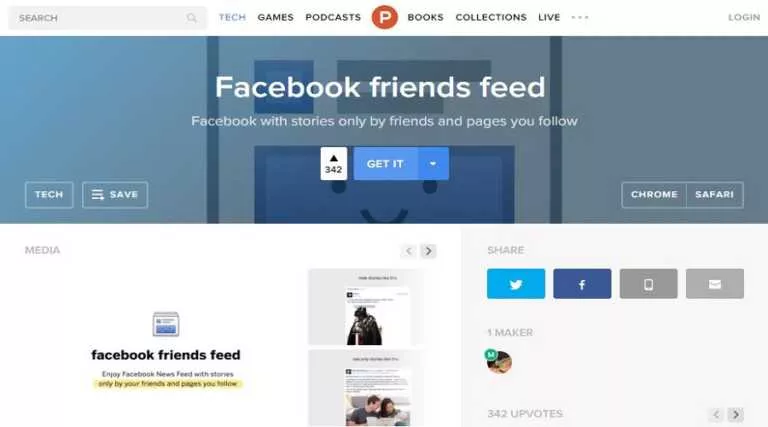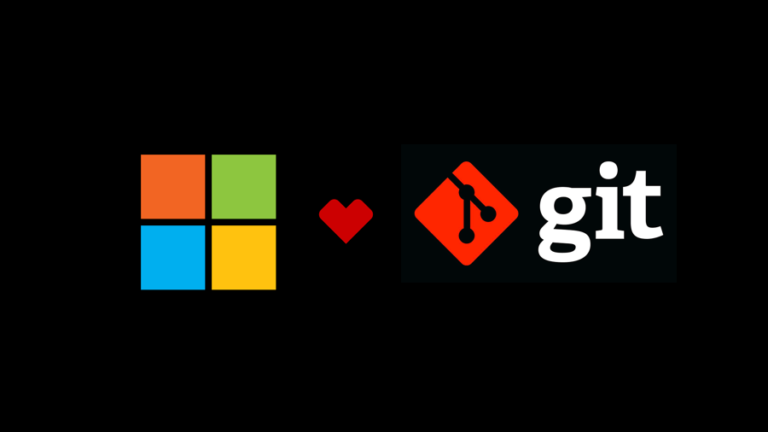20 Years of The FreeBSD Foundation: Interview With Deb Goodkin, Executive Director

Besides Linux distributions, FreeBSD is one such Unix-like operating system, which is free and open source. It is one of the oldest and most popular operating systems descended from the Berkeley Software Distribution (BSD).
It is still actively maintained and used on desktops, servers, and embedded devices. As the FreeBSD Foundation recently celebrated its 20th anniversary, we spoke with Deb Goodkin, executive director of the FreeBSD Foundation, about the FreeBSD project.
Interview With Deb Goodkin, Executive Director, FreeBSD Foundation
Hello Deb! Firstly, on behalf of Fossbytes, we would like to congratulate you and the FreeBSD Foundation for completing 20 years. So, let’s start with the journey of this two-decade-old foundation. Tell us a bit about it.
Thank you! As the story goes, Justin Gibbs was a FreeBSD developer and Core Team member. He was thinking about starting a family and knew he wouldn’t have as much time to put into the FreeBSD Project. At the same time, the Core Team was looking into how they could accept a transfer of the FreeBSD Trademark from Walnut Creek CD.
The FreeBSD Project wasn’t a legal entity, so it couldn’t be the legal owner of the trademark. To make a long story short, Justin started looking into and finally creating a non-profit to hold the trademarks.
He believed it was also a way to give back to the Project that would have a longer-term impact. Now, as people come and go from the Project and the Foundation, there is this consistency and continuity from having an established entity of the Foundation.
The Foundation started with a minimum number of board members for a corporation as required by the state of Colorado. I believe it was three. At that time, the focus was on holding trademarks, funding a few software development projects, and supporting nascent BSD conferences.
I was the first employee, joining in August 2005. Even though the board members all had day jobs, they were also very involved, acting as our only volunteers back then. The Foundation team grew over the years, adding Ed Maste as our Director of Project Management and Anne Dickison as our Director of Marketing.
The addition of these two positions allowed us to expand our software development and advocacy work. Today, we have 6 staff and 10 board members. Plus, various contractors and interns who help us with technical writing, software development, and testing.
What is your current work, role, and contribution so far to the FreeBSD Foundation?
I’m currently the Executive Director and have been with the organization for over 15 years. As an ED, I oversee the company, manage the employees, help set direction and implementation, and fundraising.
As the first employee, I had to put the employee policies together. My technical background didn’t help with this at all. Fortunately, I had a friend in HR, who volunteered to help me get some initial policies in place, as well as understanding what our responsibilities were as an employer.
Besides running the Foundation, I give back to the Project by being an advocate and giving talks. I’m also trying to find time to finish setting up my FreeBSD laptop with all the applications I need so I can use that to do my job.
We know that the FreeBSD Foundation is behind one of the oldest and largest UNIX-inspired open-source operating systems, FreeBSD. How does the foundation support the FreeBSD project? Is it only financial or development too?
We support the Project in many ways! First, we look at what critical needs within the Project should be filled. Those come to us as requests from the core team, as well as what we hear from individual and corporate users. Right now there are five main areas of the Project that we support:
1) Operating System Improvements. We do this by funding outside development projects and having a small team of software developers on staff that implement features and functionality, incorporate bug fixes and hardware workarounds, and review code changes.
2) Advocating for FreeBSD. Members of the Foundation team, including myself, regularly give presentations, training, and workshops on FreeBSD around the world. We also provide resources for people to share at their meetups and events, and we produce the highly-regarded FreeBSD Journal to educate people about different uses and areas of FreeBSD.
3) Improving and Increasing Test Coverage and Participating in Security Efforts. We have members of our team heading up both the Project’s CI efforts and serving as Deputy Security Officer.
4) Supporting Face-to-Face Opportunities. We facilitate collaboration among members of the community; build connections throughout the industry to support a healthy and growing ecosystem, and make it easier to find resources when questions emerge.
5) Serve as the Project’s Legal Entity. Last but not least, we still maintain what was the basis of our organization. In addition to holding the trademarks, we also represent the FreeBSD Project in executing contracts, license agreements, and other legal arrangements that require a recognized legal entity.
We also purchase and support hardware for the FreeBSD Project, sponsor conferences, and provide travel grants to FreeBSD contributors in need who would benefit from attending a FreeBSD-related conference.
Besides commercial Windows and macOS, Linux-based free OSes are the most popular and great competitors of FreeBSD in every market — whether it’s desktop, server, or embedded. So, why and what kind of user should consider giving FreeBSD a try?
Obviously, we think everyone should give FreeBSD a try. But more specifically, if you’re someone who is looking to use a secure and reliable operating system, without all the bloat and churn, FreeBSD is an excellent fit.
The consistency and stability of the OS are incredibly appealing to a company that wants to provide a reliable product or service. If you need high performance, FreeBSD is the way to go there too.
That’s one of the reasons why Netflix uses it. Universities doing operating systems research use it because it’s an integrated system, that supports full system research from custom instruction set architectures to full application stacks. Finally, a company that wants to put their IP in the kernel, will choose FreeBSD because of the permissive BSD license.
Folks also use FreeBSD because of ZFS, and the ability to make architectural changes to the system/kernel with relative ease. In addition, since it’s a complete operating system, there is a consistency and coherence that you don’t find in the different Linux distributions.
If you like the idea of releases that balance new features with stability, then you’ll like FreeBSD’s philosophy of not changing things unless there is a very good reason to. This also means that if you base a lot of code or your product on it, you don’t have to be constantly catching up every time a new release comes out.
FreeBSD does not seem as easy and user-friendly for desktop users. What’s your take on that?
FreeBSD is definitely not as easy and user friendly as say Windows or macOS. But, FreeBSD provides an excellent foundation and toolbox for creating a desktop that works for you.
FreeBSD is fairly easy to configure, so it provides the control people want over their computer and operating system. Users get consistency and reliability, without all the extra software that you don’t need or use.
There are also some FreeBSD desktop distros that I personally haven’t tried yet, but make it easier to install FreeBSD with the GUI and popular applications that the typical user might want. We actually did a write up on some of the popular FreeBSD desktop distributions. You can find it here.
We’ve also written how-to guides to make it easy for users to get started with FreeBSD. In fact, we have one on setting up a desktop on FreeBSD.
Another thing I’d like to point out regarding desktop support is that the Foundation has put a lot of funding and resources into improving the desktop experience. This includes improving wifi and graphics support, supporting newer hardware, and making sure popular software packages work on FreeBSD.
Since FreeBSD is one of the most popular OSes in the BSD family, it surely has a lot of derivatives. So, currently which one is your favorite or you find interesting?
I think I’d get in trouble if I played favorites, but CheriBSD intrigues me the most. I’m especially interested in the combination of CheriBSD and the Arm Morello board, which is a prototype of capability architecture.
From what I understand, this is the operating system companies and universities will use if they want to explore and use Morello, because it is the only OS that fully integrates CHERI support today and several years to come.
I also find pfSense and FreeNAS fascinating because people love them and they are both so prevalent. Finally, I’m interested in the desktop distros, firstly because, the people working on them are so passionate about FreeBSD, and secondly, because I believe these offerings fit well with people who just want to try out FreeBSD without having to know how to configure it at the command line level.
Under lockdown, we’re seeing many layoffs by large companies and organizations. Is the FreeBSD foundation also under the influence of a global economic slowdown? If yes, how is it coping up with the same.
We’ve been impacted in many ways. The glaring area is in funding. We’re not receiving the corporate funding we normally receive. But, fortunately, we have a good investment strategy and our investments haven’t been affected by the downturn in the markets.
Those investments are considered our reserve fund. We’ll be utilizing those this year, so we can continue supporting FreeBSD at the same level we have been for years. We’re also not going to in-person conferences now, so we’re missing that face-to-face communication we get with our constituents, as well as, introducing people to FreeBSD.
However, with all of the conferences going virtual, we’ve had increased opportunities to participate in more conferences and events. This has allowed us to reach people who normally can’t travel to conferences.
In fact, it gave us the idea to create our own FreeBSD Fridays series. Every other Friday, we offer live introductory talks on different areas of FreeBSD. We’re coming up on giving our 8th talk this Friday and are very excited about some of the topics coming up over the next few months.
The economic slowdown has not affected the amount of work we are doing to support FreeBSD. The amount of software contributions we are making, whether it’s development, testing, fixing, or reviewing code, has actually increased, and we’ve been fortunate to be able to bring on 5 interns to help contribute in these areas.
In regards to our FreeBSD advocacy work, we recognize the opportunity to provide more online content for those interested in trying FreeBSD and may have more time at home.
Finally, we’ve been so fortunate to not have to let anyone go, and instead actually bring more people on board.
Can you name the largest user and contributor (financially and development) to FreeBSD?
Some of the largest users are Apple, Juniper, Netflix, NetApp, and Sony. Netflix is one of the largest development contributors to the Project. They have an excellent development model of using our current branch to keep up with the latest changes, as well as upstreaming their changes in a timely manner. If you look at companies who have given back financially consistently, NetApp would top that list.
Would you like to guide our reader who wants to contribute or be a part of the FreeBSD project (financially, documentation, development, or bug fixes)?
I would love to!
Dear Reader, I hear you’re interested in getting involved in FreeBSD. The first thing I’d recommend you do is to install FreeBSD on your computer. The easiest way to do this is to install FreeBSD on a virtual machine like Virtual Box.
We have some great how-to guides on our website to help you get started. You can find these as well as other resources here. Also, check out the recorded FreeBSD Fridays talks and subscribe to our FreeBSD Journal, it’s free!
Next, check out the Newbie section on the Project’s website. It’s full of helpful information for anyone who wants to get started using FreeBSD and/or contributing to the Project.
An excellent way to get involved is by helping us improve the documentation. Contributing to the documentation teaches you a lot about FreeBSD, how to submit a bug report, and submit your own change.
Even if you eventually want to start contributing code, documentation is a great way to start. We are known to have excellent documentation and doc contributors are highly respected.
Making a financial contribution to the Foundation is another excellent way to support the Project. We are 100% funded by donations and contributions are what allows the Foundation to continue its work to support the FreeBSD OS and community. Go here to find out how you can make a financial contribution.
Okay, so our interview reached the end. We would like to congratulate you on your hard work and thank you for your time.
Thank you for your interest in FreeBSD and the Foundation’s 20th anniversary! We truly appreciate you sharing our story with your readers.






